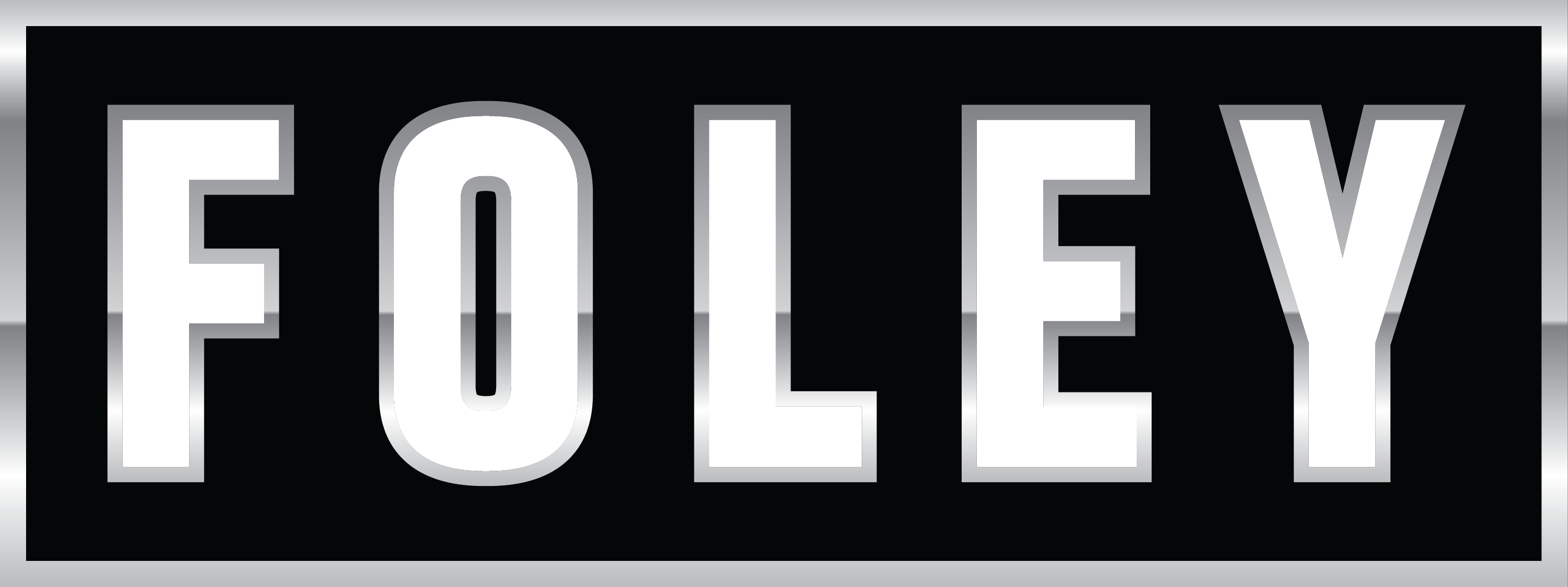
The Ultimate Guide to Backlapping Reel Mowers: Everything You Need to Know
Feb 17
4 min read
0
2526
Maintaining a pristine, well-manicured golf course or sports turf requires precision cutting equipment. Reel mowers, known for their ability to deliver a superior quality of cut, must be regularly maintained to keep their cutting edges sharp. One of the most common maintenance practices is backlapping, a process that helps extend the life of reels and bed knives between full grinding sessions.
In this guide, we’ll take a deep dive into backlapping compound, the backlapping process, the pros and cons, grit selection, and best practices to ensure your reel mowers perform at their peak.
What is Backlapping and Why is it Important?
Backlapping is the process of sharpening reel mower blades by spinning the reel in reverse while applying an abrasive compound. This method hones the cutting edges of both the reel and the bed knife, restoring sharpness without removing significant amounts of metal.
Unlike grinding—which re-establishes the proper angle and removes material—backlapping is a preventative maintenance technique that helps sustain a clean cut, reduces wear on turf, and extends the time between major sharpening sessions.
Understanding Backlapping Compound and Grit Selection
Backlapping compound consists of an abrasive grit suspended in a grease- or oil-based medium. The grit size is a crucial factor in determining how aggressively the compound sharpens the reel and bed knife.
Common Grit Sizes and Their Uses
80 Grit (Coarse)
Used when reels and bed knives have significant dullness or minor imperfections.
Removes material quickly but leaves a rougher finish.
120 Grit (Medium)
The most widely used grit for routine backlapping.
Provides a balance between material removal and edge refinement.
Ideal for maintaining sharpness between grinds.
180-220 Grit (Fine)
Used for finishing after coarser grits to refine the cutting edge.
Produces a cleaner cut for high-end turf applications.
280+ Grit (Ultra-Fine)
Rarely necessary but may be used for a mirror-polished edge.
Beneficial for ultra-fine turf conditions such as tournament greens.
Choosing the right grit ensures an optimal cutting edge while preventing unnecessary wear.
Step-by-Step Guide to Backlapping Reels and Bed Knives
1. Preparation
Secure the mower on a stable surface.
Wear protective gloves and safety glasses.
If the mower has a backlapping function, engage it. If not, manually adjust the settings to spin the reel in reverse.
2. Apply Backlapping Compound
Use a brush, spatula, or paint stick to apply the compound evenly across the reel blades.
Avoid excessive application, as it can create an uneven sharpening effect.
3. Start the Backlapping Process
Set the reel to spin at a moderate speed in reverse.
Let it run for 2-5 minutes, checking periodically.
If backlapping takes longer than 5-7 minutes combined without noticeable improvement, it’s a strong indicator that grinding is needed. Continuing beyond this point is ineffective and may result in excessive wear.
4. Reapply if Necessary
Stop the process, inspect the edge, and reapply compound if the blades still appear dull.
Resume backlapping for another 2-3 minutes as needed.
5. Check Cutting Performance
Stop the reel and test sharpness using a thin strip of paper or a blade of grass.
The reel should cut cleanly across its full width.
6. Rinse and Clean Thoroughly
Remove all backlapping compound with water.
If the compound is oil-based, use a degreaser to prevent residue buildup.
7. Adjust the Reel-to-Bed Knife Contact
Ensure a light, even contact between the reel and bed knife.
Avoid overtightening, which can accelerate wear and create excessive friction.
8. Conduct a Final Test Cut
Run the mower on a test patch of grass.
If the turf appears ragged or torn, further adjustments or grinding may be necessary.
Pros and Cons of Backlapping
Benefits
Extends the Life of Cutting Units – Reduces the frequency of full grinding sessions.
Cost-Effective – Saves on reel and bed knife replacements.
Minimal Material Removal – Maintains the factory grind angles longer.
Easy to Perform – Can be done in-house without specialized equipment.
Improves Turf Health – Reduces tearing, promoting cleaner cuts.
Limitations
Not a Replacement for Grinding – Won’t correct blade angles or severe wear.
Requires Frequent Application – Must be done regularly for best results.
Time-Consuming for Large Fleets – Multiple reels mean significant downtime.
Over-Application Risk – Too much compound or excessive backlapping can cause uneven sharpening.
May Mask Underlying Issues – Severely worn reels or bed knives need grinding, not just backlapping.
Best Practices for Effective Backlapping
Don’t wait until reels are extremely dull. Frequent, light backlapping is more effective.
Use the right grit for the job. Coarse grits for dull blades, fine grits for finishing.
Always clean thoroughly after backlapping. Residual compounds can cause wear.
Check reel-to-bed knife contact before and after. Proper adjustment ensures consistent cutting quality.
Monitor turf quality. If turf appears damaged despite backlapping, a full grinding session may be needed.
When to Backlap vs. When to Grind
Situation | Backlapping | Grinding |
Slightly dull cutting edges | Yes | No |
Small nicks or burrs | Yes | No |
Uneven blade angles | No | Yes |
Heavy wear or pitting | No | Yes |
Poor cutting quality after backlapping | No | Yes |
Routine maintenance | Yes | No |
Conclusion: The Key to Maintaining Reel Mowers
Backlapping is an essential part of reel mower maintenance that helps preserve sharpness and cutting performance between full grinds. When done correctly and consistently, it extends the life of cutting units, reduces maintenance costs, and promotes healthier, cleaner turf.
However, backlapping is not a substitute for grinding. If blades remain dull after 5-7 minutes of backlapping, it’s time for a professional grind. By using the right grit, following proper procedures, and monitoring results, turf professionals can ensure their reel mowers deliver top-tier performance season after season.
Would you like to dive deeper into specific backlapping compounds or troubleshooting common backlapping issues? Let us know in the comments!

